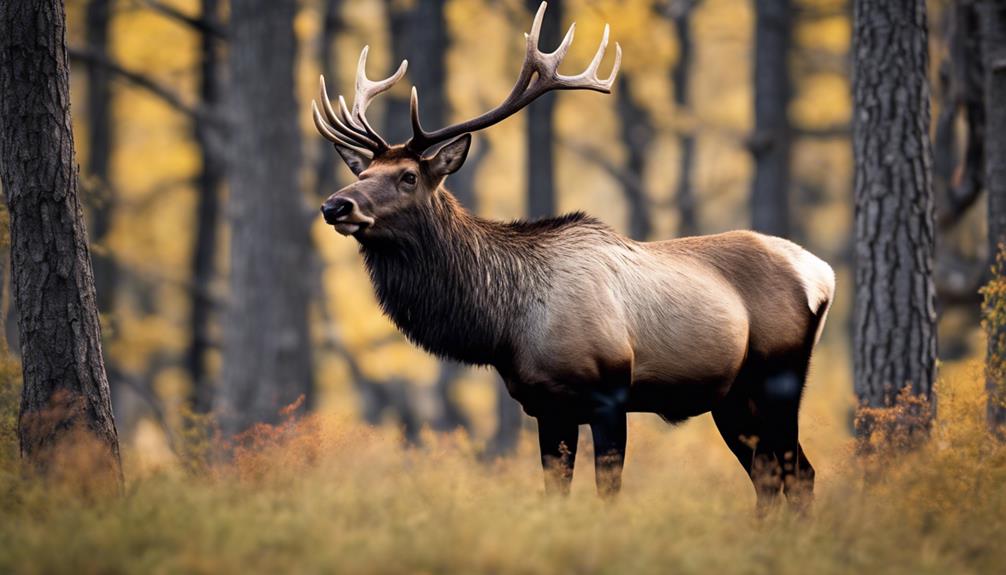
Journey into the diverse world of North America's elk subspecies, where untold stories of survival and adaptation await, inviting you to unravel the intricate tapestry of nature.

Journey into the diverse world of North America's elk subspecies, where untold stories of survival and adaptation await, inviting you to unravel the intricate tapestry of nature.
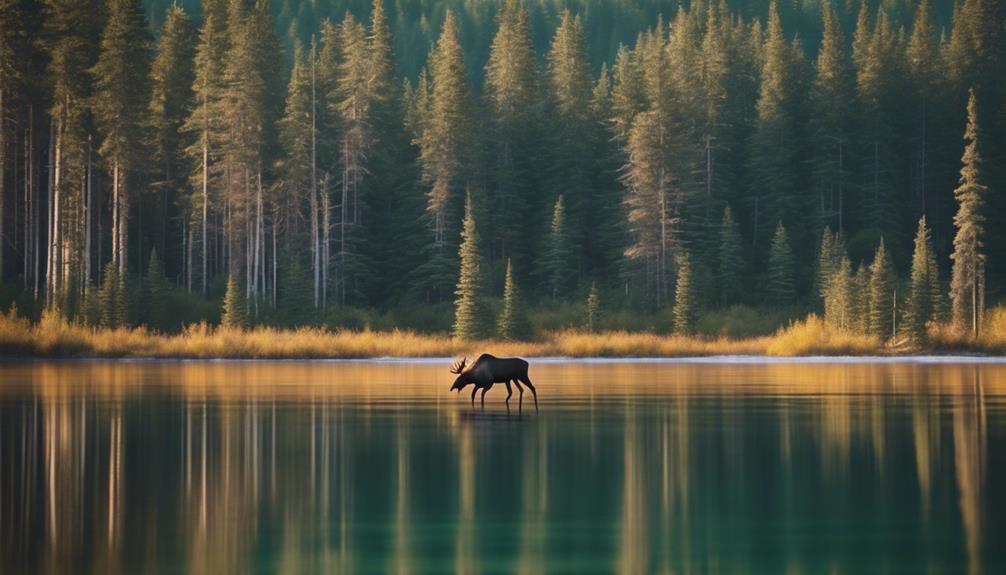
Sneak a peek into the secret world of moose diving depths and discover the surprising capabilities of these majestic creatures.
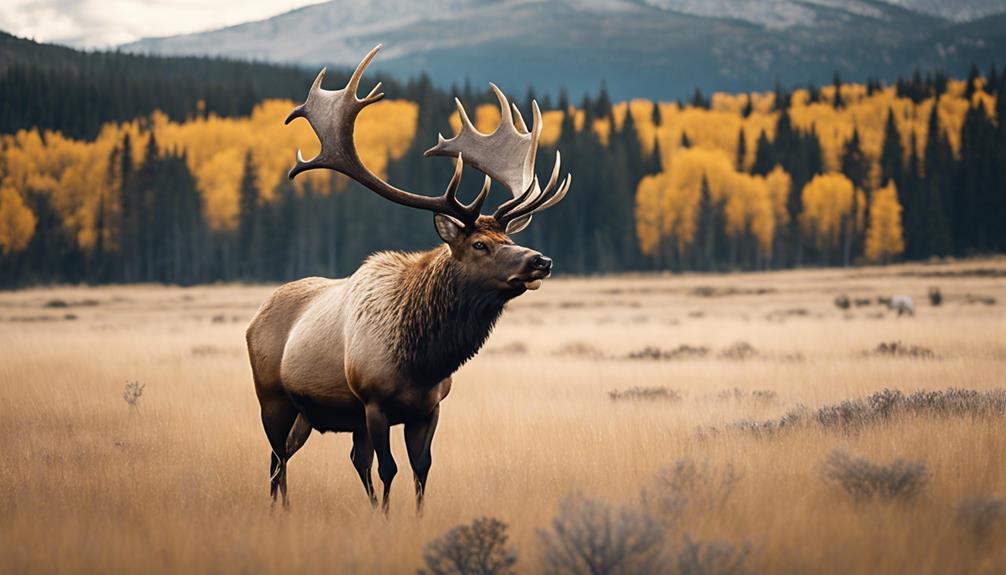
Step into the world of elk and be surprised by the astounding 'Size' and 'Weight' of these majestic creatures, but that's just the beginning…
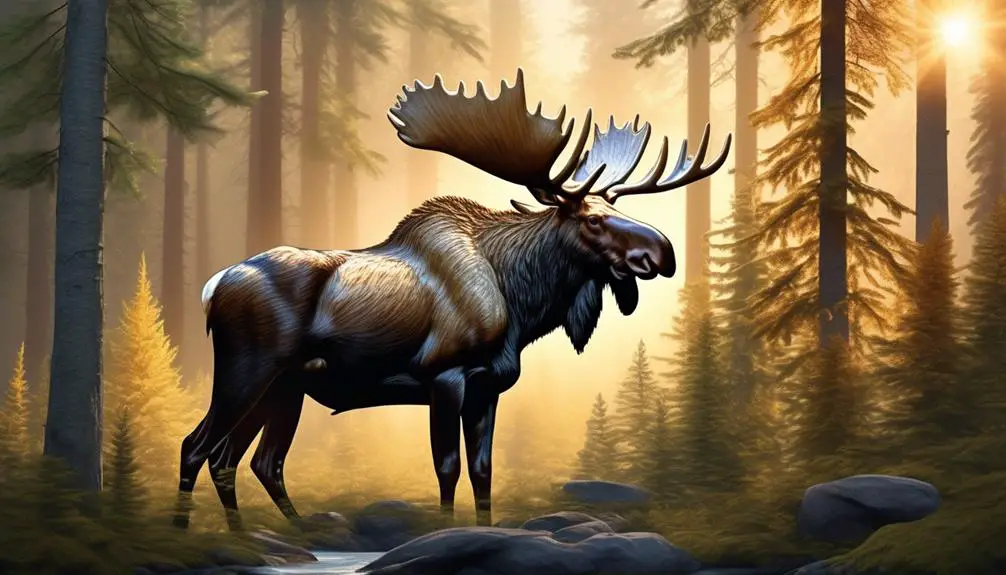
As you step into the vast wilderness, the crisp air filling your lungs, the towering trees whispering secrets, and the distant call of wildlife echoing in your ears, you can’t help but wonder: are moose dangerous to you? While these majestic creatures may appear gentle and serene, venturing into their territory comes with its own set of risks.
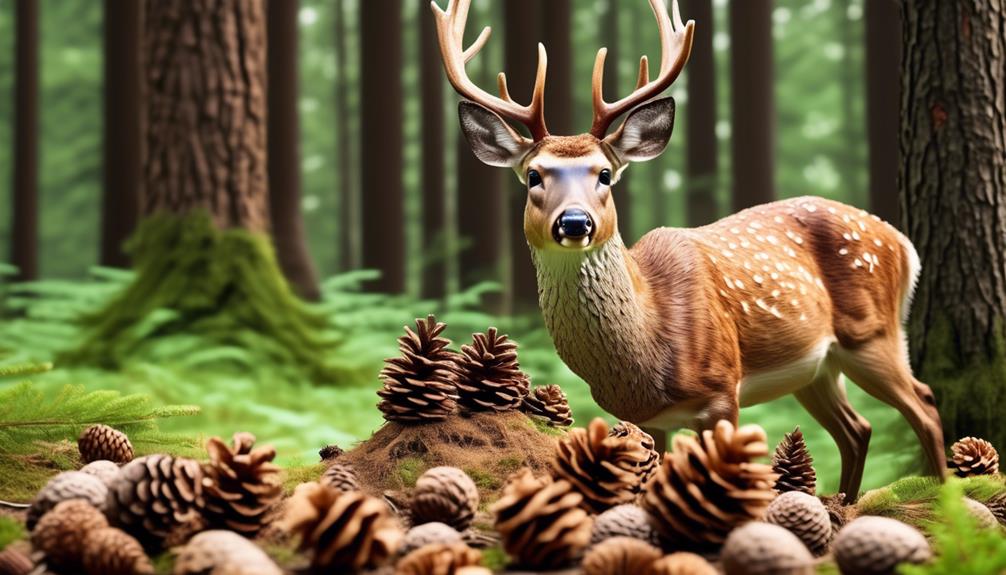
Have you ever wondered why deer have a peculiar fondness for munching on pine cones? It’s quite fascinating to learn that deer are drawn to pine cones because of the sweet seeds they contain. These seeds not only offer a delectable flavor but also provide essential calories and nutrients that support their growth, especially in younger deer. But that’s not all! Pine cones serve as a reliable source of sustenance when food becomes scarce.
Do you ever wonder if deer bite people? Well, wonder no more! In this article, we’ll explore the fascinating world of deer behavior and their interactions with humans. While deer are generally peaceful, there are instances where they can become aggressive and potentially bite or attack. Understanding how to avoid and handle these situations is crucial for your safety.

Welcome to our scientific exploration of the key differences between moose poop and elk poop. In this article, we will provide a detailed analysis of the appearance, shape, size, color, consistency, and content of these ungulate droppings. By understanding these distinctive characteristics, you will gain the knowledge required to confidently identify the scat left behind by these magnificent animals.
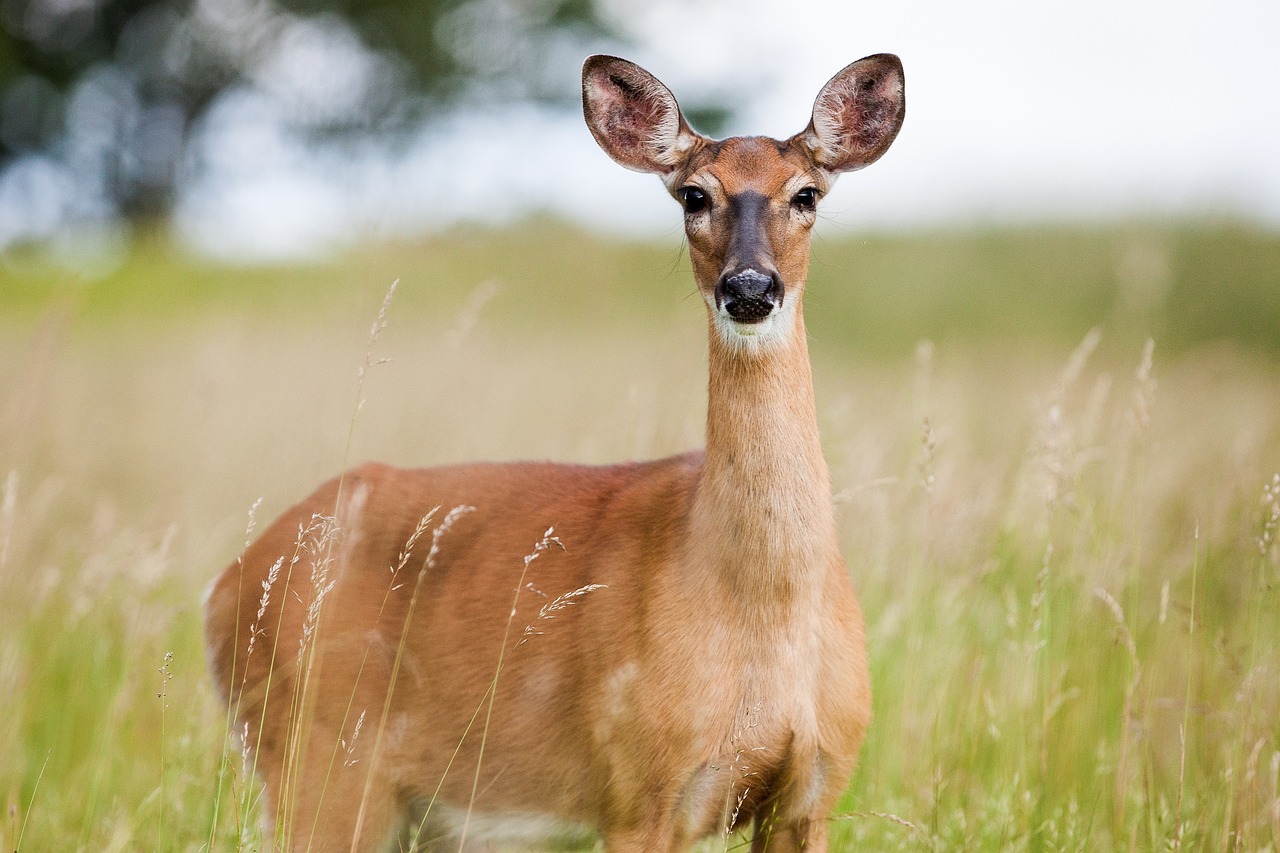
The winter behavior of deer is a subject of great interest and curiosity among researchers and wildlife enthusiasts. Unlike some animals, deer do not hibernate during the colder months. Instead, they employ various survival strategies to endure the harsh conditions of temperate and cold climate areas. One of the key adaptations is the growth of thicker winter coats, which helps them stay warm.

A brief overview of moose and their physical abilities Moose are large, majestic animals that belong to the deer family. They are primarily found in forested areas in North America, Europe, and Asia. Moose are known for their impressive size and weight, with males (bulls) weighing up to 1,500 pounds and standing up to 6.5 feet tall at the shoulder.
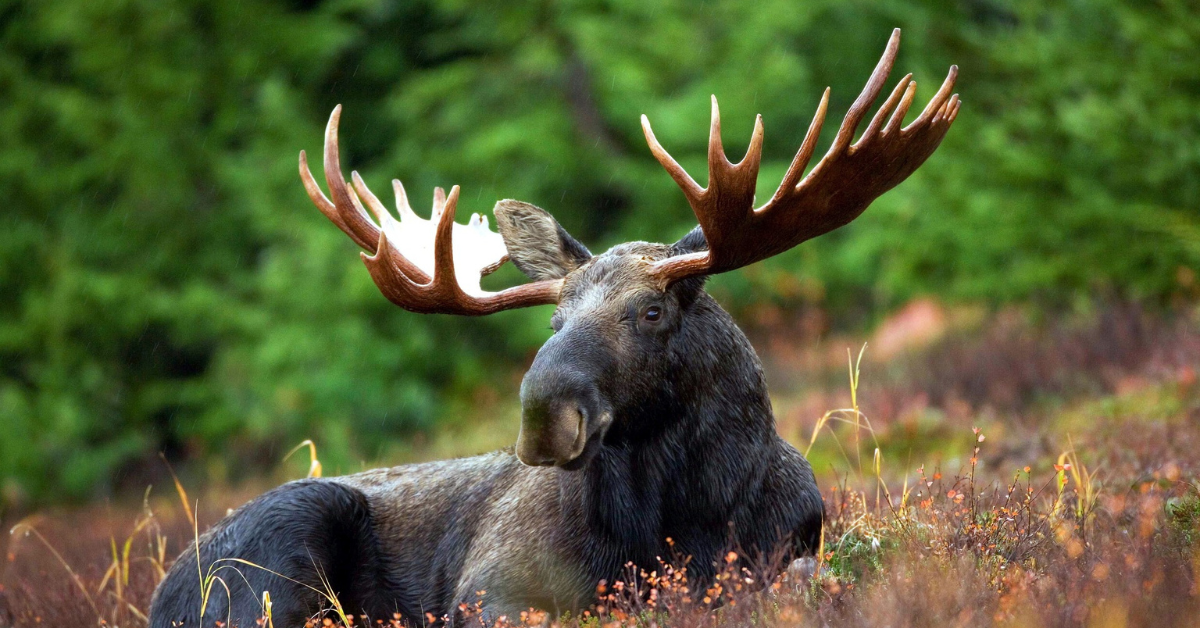
Moose, also known as elk in Europe, are large members of the deer family. Here’s some information about them: Physical Characteristics: Moose have long legs and a hump on their shoulders, which is made up of muscles used for digging through snow in the winter. They also have broad, flattened antlers that are shed and regrown each year.